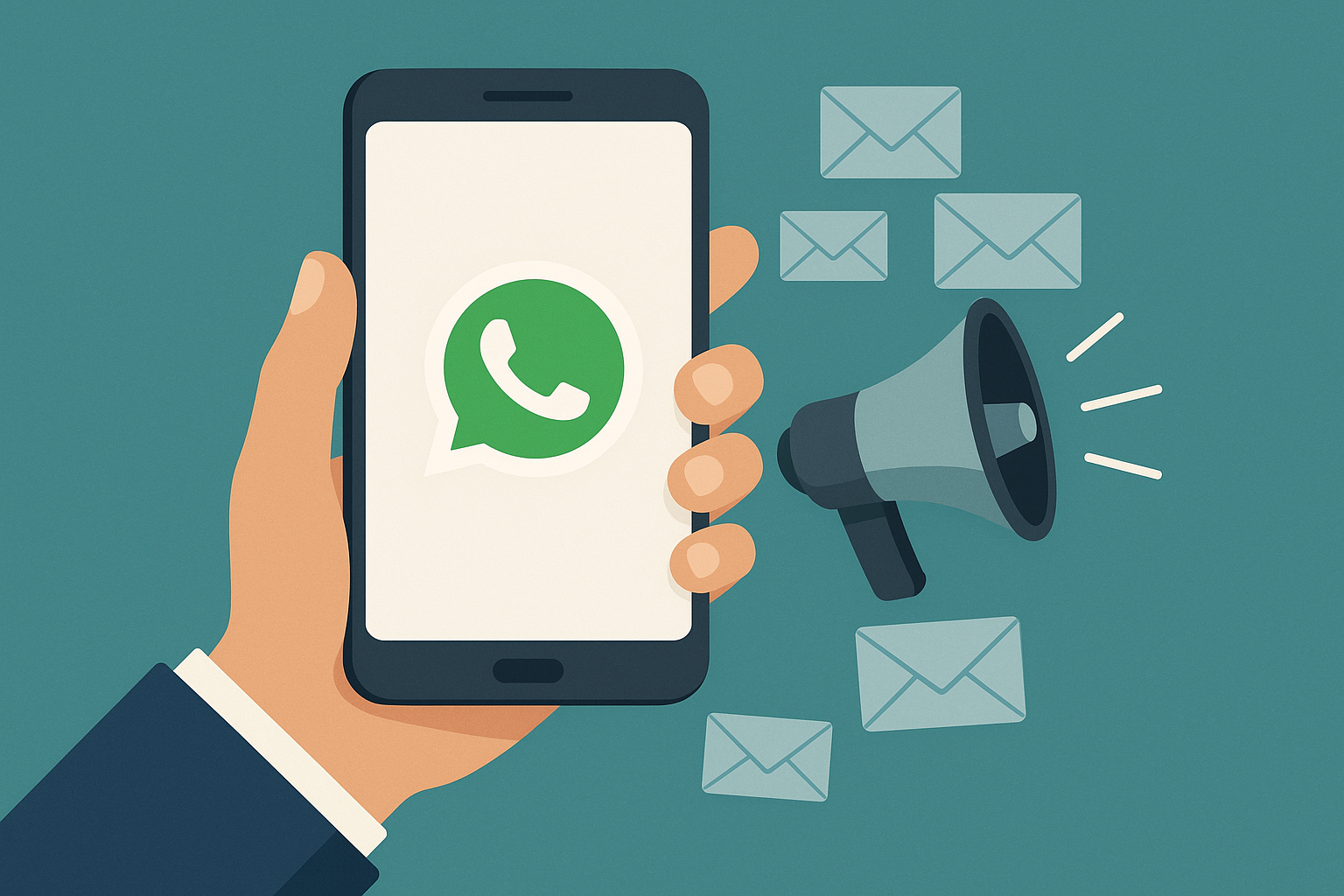Le applicazioni OTT (over-the-top) sono ora i canali principali per la comunicazione P2P (da persona a persona); mentre SMS continua a essere il pilastro della messaggistica aziendale da applicazione a persona (A2P) che è efficace perché è onnipresente, sicura e il formato più attendibile dai consumatori.
"Companies will send 2.8 trillion A2P SMS by 2022 with a turnover of $ 26.6 billion".
Analyst firm, Mobilesquared.
Allo stesso tempo, la tecnologia smartphone sta facilitando nuovi modelli di utilizzo da parte dei consumatori. In termini di messaggistica P2P, i consumatori si sono abituati a formati di app di chat OTT più coinvolgenti come Line; KakaoTalk, WeChat e WhatsApp, che consentono funzionalità più ricche come il trasferimento di file e immagini e la chat di gruppo.
Confrontando queste funzionalità con gli SMS; è ovvio che esiste un divario crescente nell’esperienza utente, che sta alimentando la domanda dei consumatori per esperienze più ricche simili da parte delle aziende e dei marchi con cui interagiscono. Di conseguenza, negli ultimi anni la maggior parte degli OTT ha aperto il supporto alle aziende per la messaggistica A2P; oltre a consentire alle persone di chattare con amici e familiari.
Being able to "chat" with a bank, for example, at a convenient time
Mentre si è su un autobus o in attesa in un bar, sta diventando un’aspettativa. Non solo questo tipo di comunicazione reattiva con i clienti è molto apprezzata dai consumatori; ma è anche uno dei modi principali in cui le imprese possono differenziarsi con successo in settori altamente competitivi come il commercio e il settore bancario.
Tuttavia, a differenza di SMS, che è una funzione nativa di ogni telefono; le app di chat si basano su un’installazione. Ciò significa che le aziende devono supportare un numero sempre crescente di canali di messaggistica; che accedono solo a un sottoinsieme della base di clienti poiché non tutti hanno scaricato tutte le app di chat.
In alternativa, un’azienda potrebbe offrire la propria app con marchio come contenitore per le funzioni del servizio clienti – un’opzione costosa che l’esperienza ci dice che è stata accolta con un successo limitato. Perché un consumatore dovrebbe scaricare un’app aziendale che è stata utilizzata solo una o due volte l’anno? Di conseguenza, molte relazioni con i clienti non sono adeguatamente supportate dall’ambiente di messaggistica OTT o dalle applicazioni aziendali. In che modo le aziende possono soddisfare questa domanda?
Da un po ‘di tempo, i provider di servizi di messaggistica e telefonia hanno propagandato l’arrivo della messaggistica RCS. Presentato come protocollo di messaggistica di prossima generazione – SMS 2.0 – RCS è sostenuto da GSMA, Google, produttori di telefoni Android come Samsung e operatori di telefonia mobile in tutto il mondo. Combina un’esperienza simile a un’app OTT, con la potenziale ubiquità di SMS in modo che tutte le funzionalità avanzate come immagini, codici QR, pulsanti collegati e chat possano essere utilizzate in un ambiente con marchio sul telefono nativo.
There is evidence that the adoption of RCS sta accelerando. Le nuove statistiche di Mobilesquared mostrano che il mercato asiatico di RCS passerà da 472 milioni di utenti nel 2019 a 1,6 miliardi entro il 2023.
A livello di sistema operativo, Android e Microsoft supportano RCS. Secondo gli ultimi dati IDC, Android aveva una quota di mercato dell’85% degli 1,5 miliardi di nuovi smartphone spediti nel 2018. Fondamentalmente, OEM Android come Samsung, LG e Huawei supportano RCS, quindi tramite il solito ciclo di rinnovo di due anni di smartphone, RCS crescerà in modo significativo come funzione nativa di quasi tutti i nuovi dispositivi Android, una base di utenti installata di circa cinque miliardi a livello globale.
Traders now need to invest
Portare RCS sul mercato è stato un processo lento. Ad oggi, GSMA elenca 75 operatori di telefonia mobile in tutto il mondo (tra cui KDDI, NTT Docomo, KT, SK Telecom e Globe Telecom nella regione APAC) che hanno adottato le loro specifiche di messaggistica come piattaforma (MaaP) e profilo universale all’interno delle loro reti , in modo che RCS sia abilitato. Ma c’è ancora un modo per andare, dato che molti operatori di telefonia mobile devono ancora farlo.
Ovviamente gli operatori di telefonia mobile hanno priorità multiple, non ultimo l’implementazione del 5G, che è assolutamente fondamentale per ridurre l’abbandono e competere per i nuovi ricavi dei servizi che il 5G consente.
Parte del problema risiede nell’ecosistema di messaggistica. Per abilitare RCS, gli operatori mobili devono implementare una tecnologia che supporti sia il traffico di messaggistica P2P che A2P. La comunità di fornitori per la fornitura di infrastrutture RCS (con opportuni SLA) sia on-premise sia come base di servizio, è relativamente piccola.
Andando avanti, altri fornitori stanno entrando nello spazio e, fornendo soluzioni chiavi in mano per gli operatori, contribuiranno ad accelerare l’adozione di RCS.
Affinché gli operatori di telefonia mobile possano trarre vantaggio dalla prossima generazione di messaggistica aziendale, è fondamentale avviare RCS e creare una vasta base di utenti che indurrà le aziende ad abbracciare questo nuovo canale. Se gli operatori di telefonia mobile sono lenti nel fare questo, gran parte del mercato della messaggistica B2C che si basa oggi su SMS passerà agli OTT invece di rimanere con gli operatori di telefonia mobile. Inoltre, gli operatori mobili perderebbero la crescita che guideranno le forme più ricche e più conversazionali di messaggistica supportate da queste nuove tecnologie.
I consumatori ci stanno dicendo che sono più che pronti per RCS



